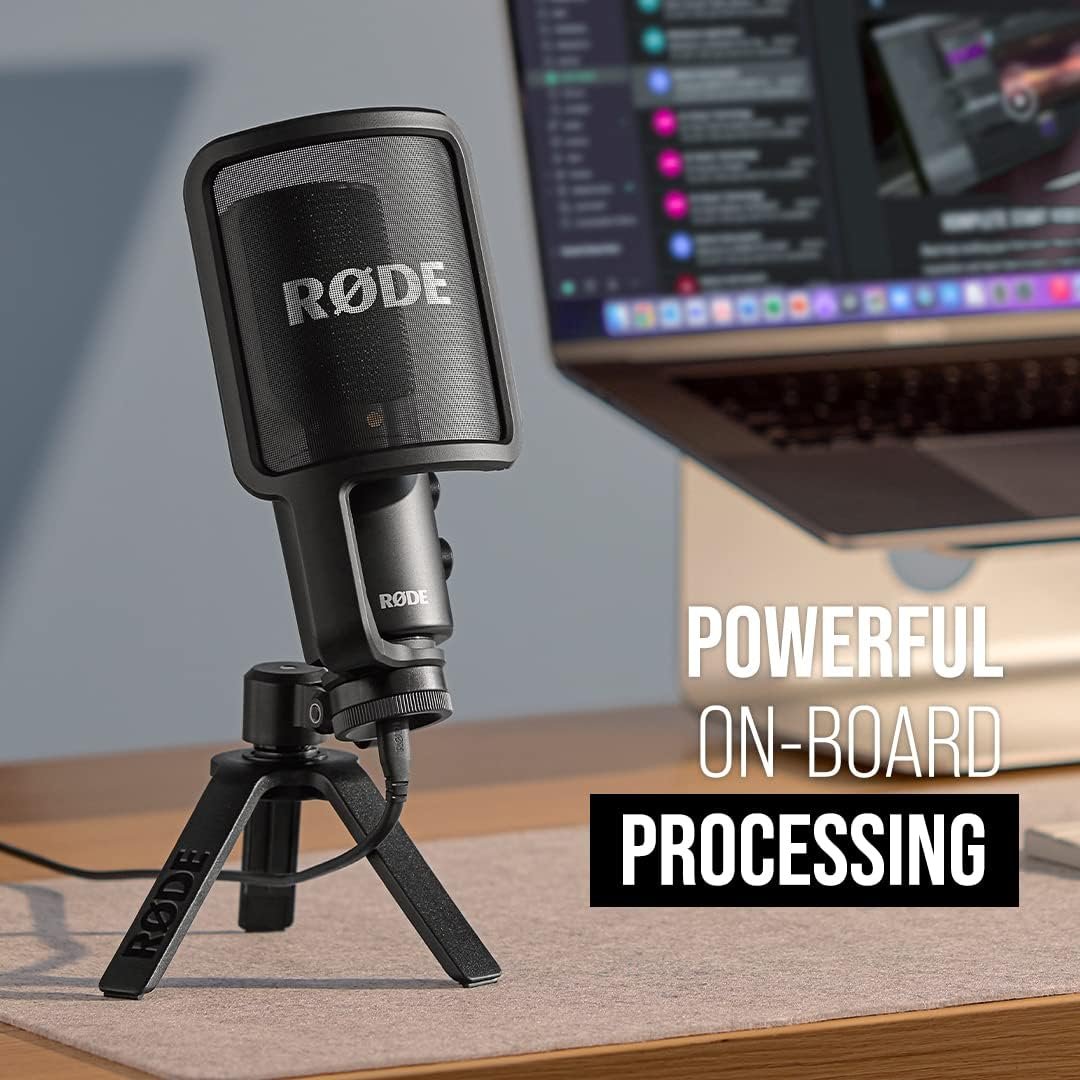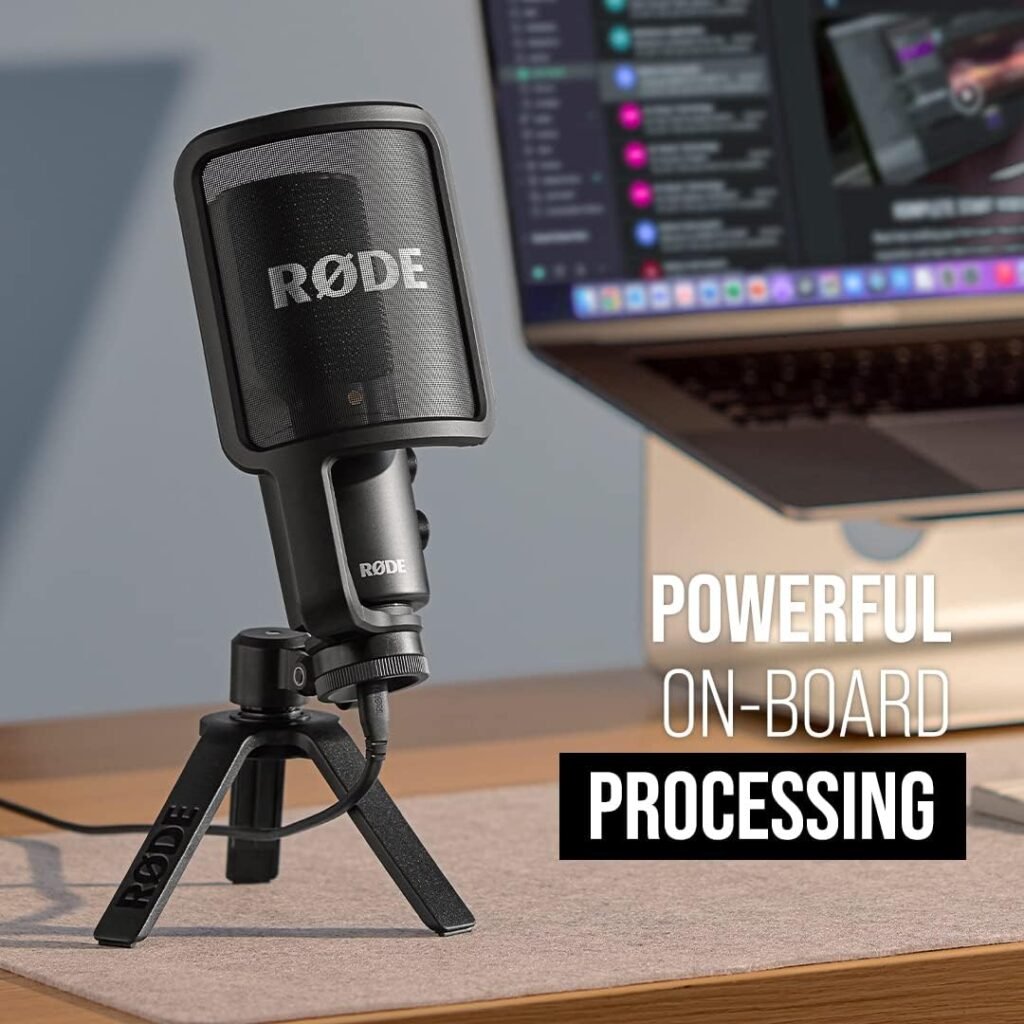
Streaming has become a popular way to share content, connect with audiences, and even generate income. Kick, a relatively new streaming platform, offers a robust environment for streamers to showcase their talents. If you’re looking to start streaming on Kick using OBS (Open Broadcaster Software) and a webcam, this guide will walk you through the process step by step.
1. Setting Up Your Kick Account
Before you can start streaming, you’ll need a Kick account. Here’s how to set it up:
- Visit the Kick Website: Go to kick.com and sign up for an account if you don’t already have one.
- Create Your Profile: Fill out your profile information to let viewers know who you are and what kind of content they can expect.
2. Downloading and Installing OBS
OBS is a powerful, free, and open-source software for video recording and live streaming. Follow these steps to get OBS up and running:
- Download OBS: Visit the OBS Project website and download the version compatible with your operating system (Windows, macOS, or Linux).
- Install OBS: Run the installer and follow the on-screen instructions to complete the installation.
3. Configuring OBS for Streaming
Once OBS is installed, you need to configure it for streaming on Kick:
- Launch OBS: Open the OBS software.
- Add a Scene: Scenes are where you arrange your video sources. Click on the + button in the “Scenes” box to add a new scene.
- Add Your Webcam:
- Click on the + button in the “Sources” box within your new scene.
- Select Video Capture Device and name it (e.g., “Webcam”).
- Choose your webcam from the device dropdown menu and click OK.
- Adjust Webcam Settings: Resize and position the webcam feed within the scene by clicking and dragging the edges.
Tip! Get a high quality microphone for your streams! I recommend this one.
4. Setting Up Your Stream Key
Kick, like other streaming platforms, uses a stream key to link your OBS to your Kick account. Here’s how to find and use your stream key:
- Get Your Stream Key:
- Log in to your Kick account.
- Navigate to your dashboard or account settings to find your stream key. This is typically found under a “Stream Settings” or “Broadcast” section.
- Enter the Stream Key in OBS:
- In OBS, go to Settings (bottom-right corner).
- Click on Stream in the left sidebar.
- Select Custom from the service dropdown menu.
- Enter the stream key you obtained from Kick.
- For the server URL, you might need to enter the custom RTMP URL provided by Kick.
5. Optimizing OBS Settings for Streaming
To ensure a smooth streaming experience, it’s essential to optimize your OBS settings:
- Video Settings:
- Go to Settings > Video.
- Set the Base (Canvas) Resolution to your monitor’s resolution.
- Set the Output (Scaled) Resolution to 1280×720 or 1920×1080, depending on your internet speed and computer performance.
- Set the Downscale Filter to Lanczos for better quality.
- Set the Common FPS Values to 30 or 60, based on your preference and hardware capability.
- Output Settings:
- Go to Settings > Output.
- Set the Output Mode to Advanced.
- In the Streaming tab, set the Video Bitrate to 2500-6000 kbps for 720p and 4500-9000 kbps for 1080p.
- Choose Encoder: If you have a powerful graphics card, use hardware encoding (e.g., NVENC for NVIDIA GPUs). Otherwise, use x264.
- Set the Audio Bitrate to 160 kbps for clear audio quality.
6. Going Live
With everything set up, you’re ready to start streaming:
- Check Your Setup: Make sure your webcam is properly positioned and your scene looks good.
- Start Streaming: Click the Start Streaming button in OBS. You should see your stream go live on Kick within a few moments.
- Monitor Your Stream: Keep an eye on the OBS stats (bottom right) to ensure there are no dropped frames or other issues. Also, monitor your stream on Kick to interact with viewers and ensure everything is running smoothly.
Tips for Successful Streaming
- Engage with Your Audience: Interact with viewers through chat to build a community.
- Maintain a Consistent Schedule: Regular streaming helps grow your audience.
- Improve Over Time: Pay attention to viewer feedback and continuously improve your content and setup.
By following these steps, you’ll be well on your way to becoming a successful streamer on Kick using OBS and a webcam. Happy streaming!
4o
